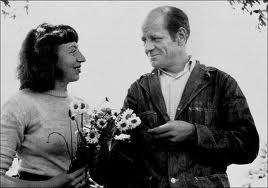Jackson Pollock
Marriage to painter Lee Krasner in 1945 significantly helped to shape his artistic journey. Drunk driving claimed Pollock's life at age 44, bringing his meteoric career to an abrupt end. | 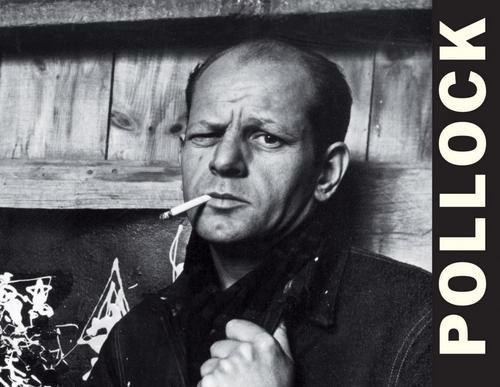 |
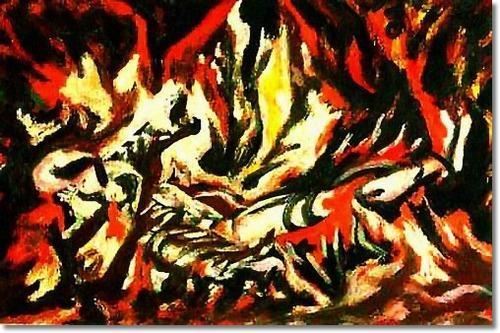 | Native American culture, to which Jackson was exposed in his boyhood during trips with his surveyor father, was to influence his work deeply. One of his earliest mentors was Thomas Hart Benton, under whom Jackson studied for three years at the Art Students League of New York. In the 1930s, he moved towards abstraction, as evident in his stunning work entitled Flame. In the forties, Pollock's works such as Bird, an oil and sand painting on canvas, reflected the influence of Mexican mural artists who believed that cultures remain changeless across time periods. Orange Head (1938-1942) illustrates Pollock's inner torment, brought on partly by his drinking binges as well as creative blocks. This, along with Head of a Weeping Woman and Study for Guernica also shows the deep impact of Picasso's works upon Pollock. |
But there was method in Pollock's madness. One critic, who recognized this, called his technique a controlled accident. The vast, mural-like Guardians of the Secret gleams with deep, strong colours, filled with strange, disturbing imagery from ancient Egypt, Africa and Native American mythology. Pollock was hugely inspired by the natural beauty around the Long Island home he shared with Lee Krasner. His abstract Shimmering Substance (1946) evokes the brilliance of sunlight on a meadow, a tribute to the landscape he lived in. The ultimate expression of his unique style is epitomized in the atmospheric Lavender Mist, an enormous carpet of layered colour skeins splattered, poured and streaked on canvas, pulsing with energy and emotion. As one critic stated, forging a Jackson Pollock painting was impossible. His out-of-the-box techniques, control of the medium and complete physical involvement in the act of painting are an unmatched legacy to American art. | 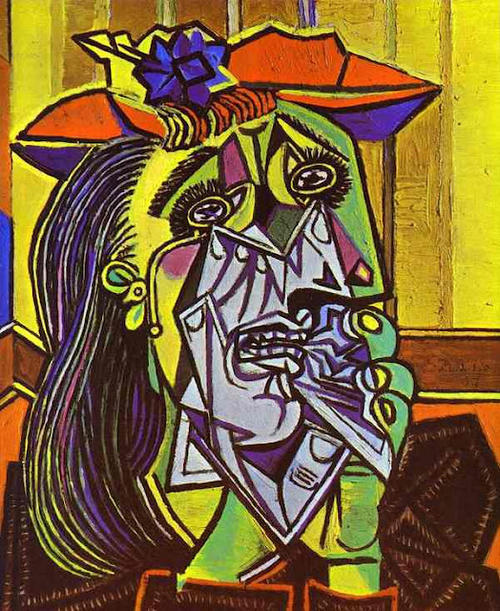 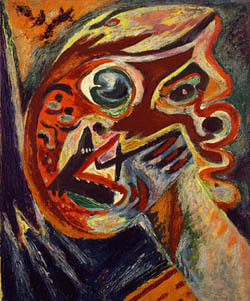 |
